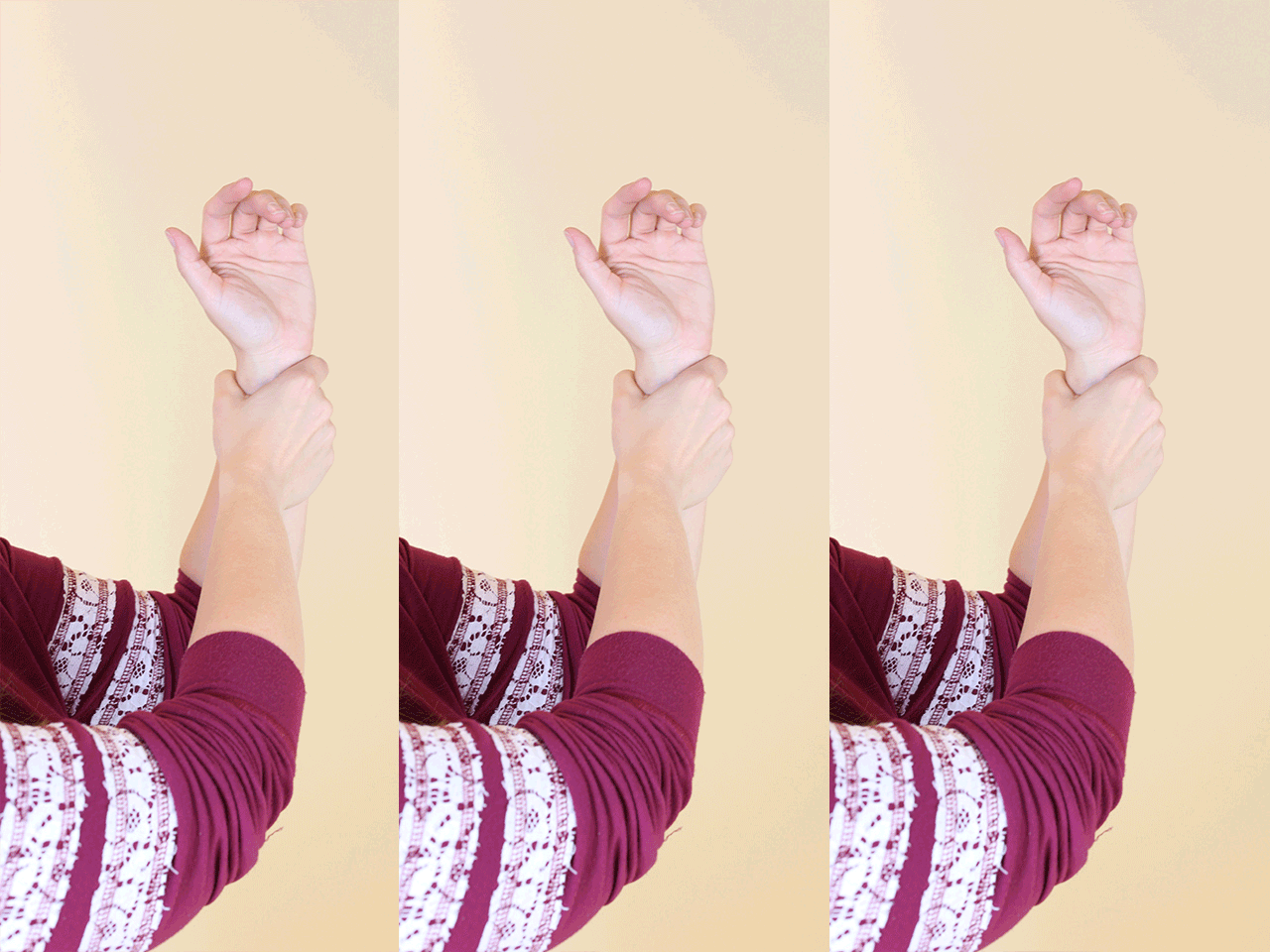Rethinking that ink? If you’re not as in love with your tattoo as you once were, laser tattoo removal is a generally safe (albeit expensive) way to get the job done.
Between our increased access to laser removal and the candidness with which celebrities showcase their use of it on social media (Khloé Kardashian, I’m talking to you), a permanent tattoo feels like less of a commitment. But “they’re not like magic erasers,” as dermatologist Amy Wechsler, M.D., previously told SELF—there’s more to it than you may think.
Though lasers are helpful, efficient, and effective when it comes to tattoo removal, there are a bunch of misconceptions about what they can (and can’t) do. Before you willingly get that questionable song lyric etched into your forearm—or take the plunge to have something old removed—here’s what you should know about the laser process first.
Though laser centers and spas are popping up everywhere, it’s important to make sure laser removal is done by a dermatologist. “[Dermatologists] know what to recognize, how to look for a complication, and who not to treat,” Robert Anolik, M.D., a board-certified dermatologist, tells SELF. With laser tattoo removal, there’s a risk of bleeding, infection, and scarring, all of which can be successfully treated, but only under the proper care of a dermatologist. It’s up to you to check the qualifications of your practitioner. New Jersey is the only state that requires licensed physicians to operate a laser, meaning that in most places, the path to offering laser removal has fewer roadblocks than it should.
“The big misconception with tattoo removal is that it’s an eraser,” Sherrif F. Ibrahim, M.D.,, an associate professor in the department of dermatology at the University of Rochester, tells SELF. But it’s not that simple. “It’s a process,” he says. Sometimes, complete removal of a tattoo can take one or two years, with treatments occurring every 6, 8, or 12 weeks. Plus, it’s not like getting your eyebrows waxed—it’s an invasive procedure that costs hundreds of dollars a session. Lasers remove tattoos by blowing up pigment molecules into tiny pieces, which are then cleared away by an immune system response. Healing from laser treatment isn’t always a walk in the park, either. “The laser breaks the skin’s surface, so you have bleeding, you have swelling, and you have pain after the treatment,” says Dr. Ibrahim.
Laser tattoo removal can be painless, but that’s usually because practitioners can give you a numbing agent first. For larger tattoos where the removal process takes longer, a doctor can give you a lidocaine injection to numb the area, whereas a non-medical professional might not. Smaller tattoos are technically just as painful to remove, as the laser settings reflect the color of the tattoo rather than its size. However, the pain you’d endure removing a small tattoo is less ongoing than that which you’d feel while removing a large tattoo, making it more bearable for some.
Not everyone is an ideal candidate for laser removal. “Removal is always going to be more difficult in patients who have a darker skin tone based on laser physics and the way the laser works,” says Susan Bard, M.D., a board-certified dermatologist and a fellow of the American College of Mohs Surgery. “The laser targets pigment that’s in the dye, but at the same time, it can also target melanin in your skin. So, the darker your skin, the more complicated it will be to utilize a laser to remove the tattoo.” Laser removal can cause burns and hyperpigmentation in darker skin tones.
Not all tattoos are created equal. “Black tattoos are easier to remove than brightly colored tattoos. Green and blue tend to be a little more challenging, and things like yellow, white, and purple are almost impossible to remove completely,” says Dr. Ibrahim. “Different wavelengths of laser target different colors in the skin,” says Dr. Bard. This is why multiple lasers are required for the successful removal of a multicolor tattoo—another reason to see a well-versed doctor for treatment. If you have laser removal done properly, you should see about 90 percent clearance on a tattoo, says Dr. Anolik. “You can’t be sure that you’re going to get 100 percent clearance on a tattoo, and that’s for a variety of reasons, including the type of ink and if [the tattoo] was done by a professional tattoo parlor," he says. "Professional tattoos tend to incorporate more colors and deposit more deeply into the dermis, making them more challenging." Amateur tattoos tend to be easier to remove, as they are often carbon-based, single-color, and placed more superficially. Dr. Ibrahim says the same goes for older tattoos, where the ink diffuses upward over time, making it easier to break up with a laser.
It’s possible to have a smooth healing process after getting your tattoo, but still a poor reaction to laser removal. For one, lasers can cause scarring and permanent skin discoloration that tattoos might not (aside from doing so in the obvious ways, of course).
Alternatively, you may have had a bad reaction to the tattoo and want it taken off. In this case, says Dr. Bard, "the worst thing you can do is laser tattoo removal. [Laser removal will] to break up the pigment and bring it into the lymph nodes, which will cause a systemic reaction everywhere.” A systemic reaction puts a patient at risk for anaphylaxis, which is life threatening. Alternative removal methods for people with allergies include surgically cutting the tattoo out or removing it with an abrasive laser, which removes the top layer of skin.

